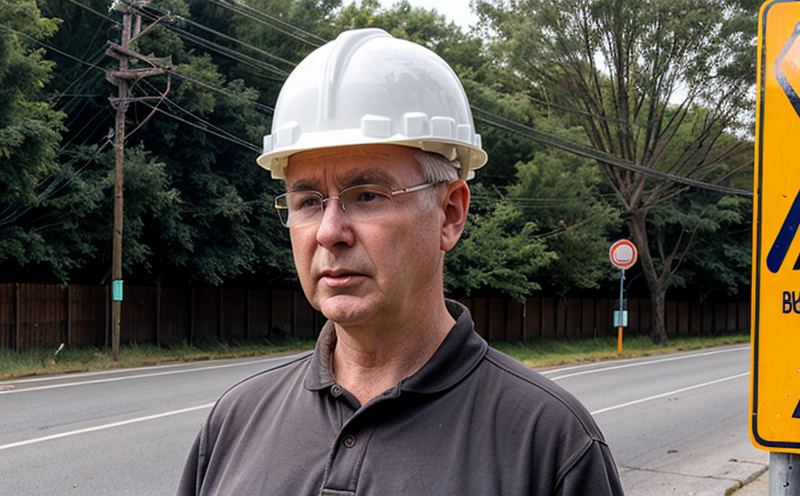ISO 6396 Environmental Noise Testing of Construction Equipment
The ISO 6396 standard provides a framework for measuring and assessing environmental noise emissions from construction equipment during operation. This service is designed to help manufacturers, quality managers, and compliance officers ensure that their products meet stringent international standards.
Environmental noise testing in the context of construction equipment involves evaluating sound levels produced by machinery under real-world operating conditions. The primary goal is to minimize noise pollution while ensuring efficient and safe operations on job sites. This service plays a crucial role in maintaining regulatory compliance, enhancing public safety, and promoting sustainable development.
The ISO 6396 standard covers various aspects of environmental noise testing, including the selection of test environments, equipment calibration, measurement procedures, and criteria for acceptable noise levels. It is applicable to construction machinery such as bulldozers, excavators, cranes, and other heavy-duty vehicles.
During the testing process, we use specialized sound level meters and octave band filters to capture accurate measurements of noise emissions. Our team ensures that all tests are conducted in accordance with ISO 6396 guidelines to provide reliable results. This service is particularly valuable for manufacturers aiming to improve product performance or for companies seeking to demonstrate compliance with local regulations.
Our laboratory adheres strictly to the requirements outlined in ISO 6396, ensuring that each test is conducted under controlled conditions that mimic real-world operating scenarios. By doing so, we can provide precise and actionable data that helps our clients make informed decisions about product design and operation.
In addition to measuring noise levels, this service also includes an analysis of the sound characteristics produced by construction equipment. This information is essential for identifying potential areas of improvement in terms of noise reduction and overall performance. Our team can provide recommendations based on these findings, helping clients optimize their products and processes.
The ISO 6396 standard provides specific criteria for acceptable noise levels, which vary depending on the type of construction equipment being tested. These criteria are designed to balance the need for efficient operation with environmental considerations. By adhering to these standards, manufacturers can ensure that their products meet both regulatory requirements and industry expectations.
| Test Equipment | Description |
|---|---|
| Sound Level Meter | An instrument used to measure sound pressure levels in decibels. |
| Octave Band Filters | Devices that separate the frequency spectrum of sounds into octave bands for precise analysis. |
Scope and Methodology
The scope of ISO 6396 environmental noise testing includes the measurement of sound pressure levels produced by construction equipment during operation. The methodology involves several key steps:
- Selection of appropriate test environments that replicate real-world conditions.
- Calibration and validation of test instruments to ensure accuracy.
- Conducting measurements using sound level meters and octave band filters.
- Evaluating the measured data against the criteria specified in ISO 6396.
The results are then reported according to the standards, providing clients with detailed insights into their equipment's noise performance. This service is crucial for ensuring compliance with local and international regulations while also enhancing product quality and safety.
Customer Impact and Satisfaction
- Ensure regulatory compliance: By adhering to ISO 6396, companies can avoid fines and penalties associated with non-compliance.
- Promote brand reputation: Demonstrating commitment to environmental responsibility enhances a company's public image.
- Increase customer trust: Clients are more likely to choose products that have been tested according to recognized standards.
- Enhance product performance: Identifying and addressing noise issues can lead to improved machinery efficiency and safety.
- Support sustainable practices: Minimizing environmental impact is a key factor in promoting sustainability.
Use Cases and Application Examples
This service finds application in various sectors, including construction, mining, and infrastructure development. Here are some specific use cases:
- Manufacturers of construction equipment can use this service to ensure their products meet environmental noise standards.
- R&D engineers can leverage the results to identify areas for improvement in product design and operation.
- Quality managers can use the data to monitor compliance with internal and external regulations.
- Procurement teams can evaluate suppliers based on their adherence to environmental noise standards.





